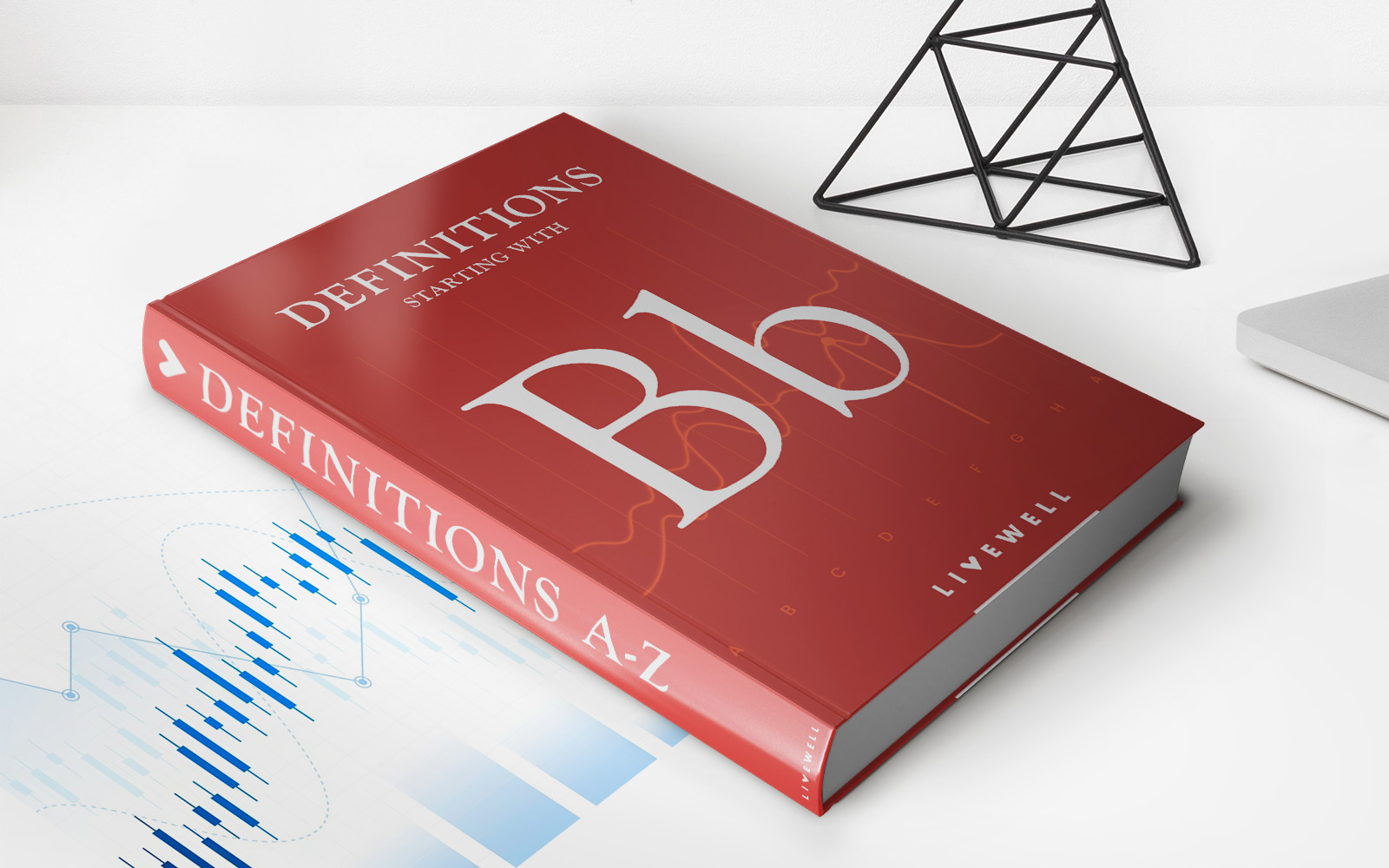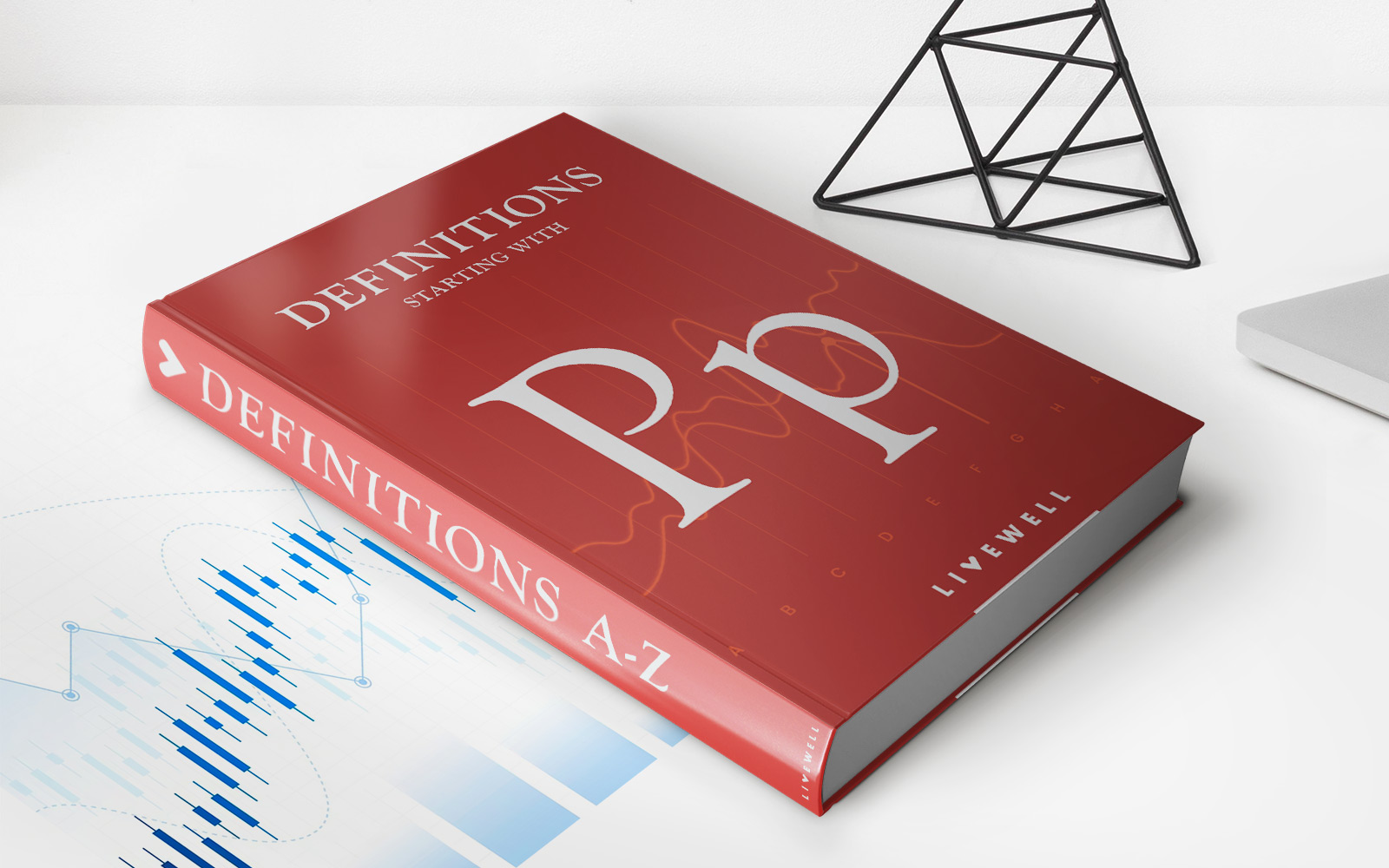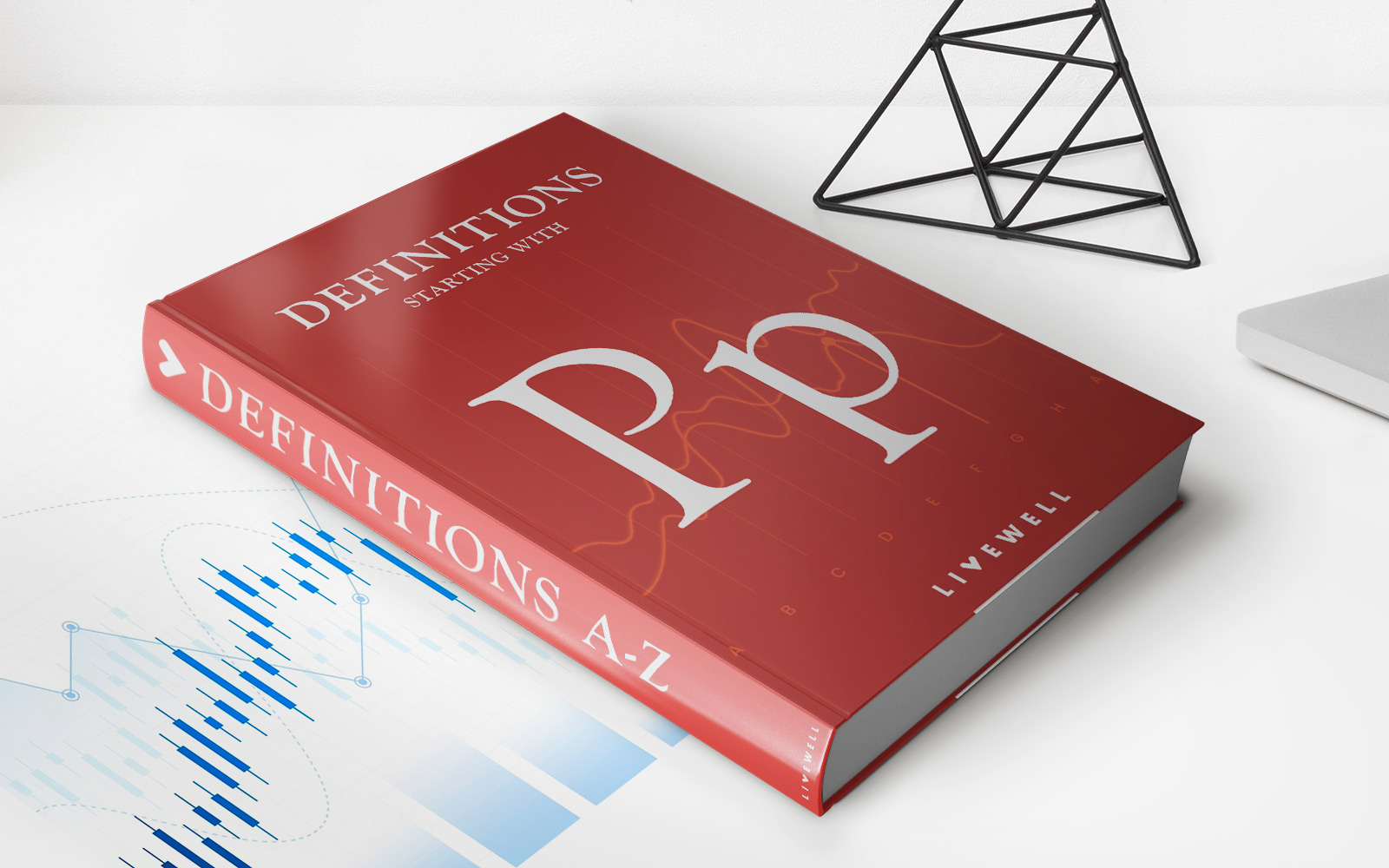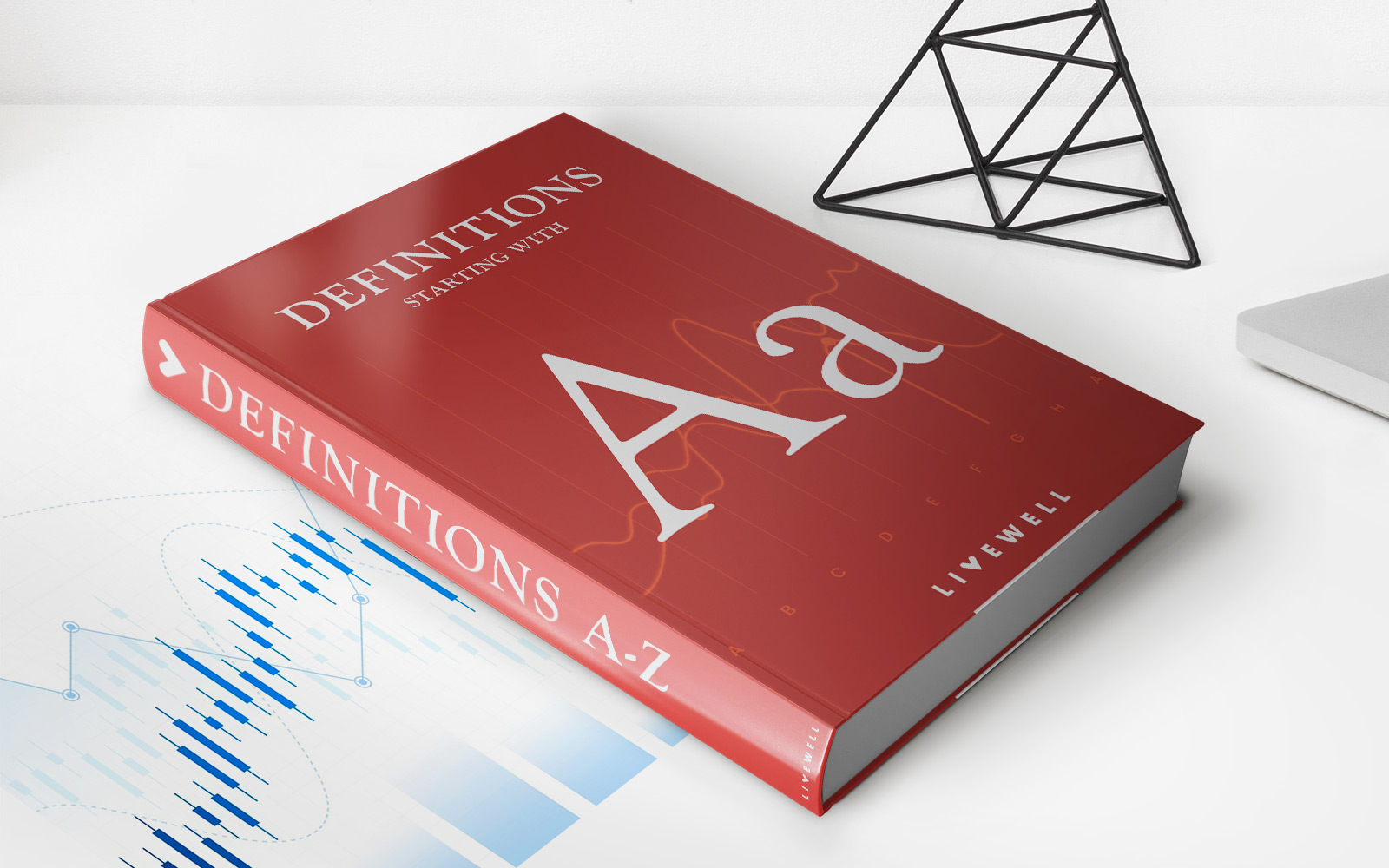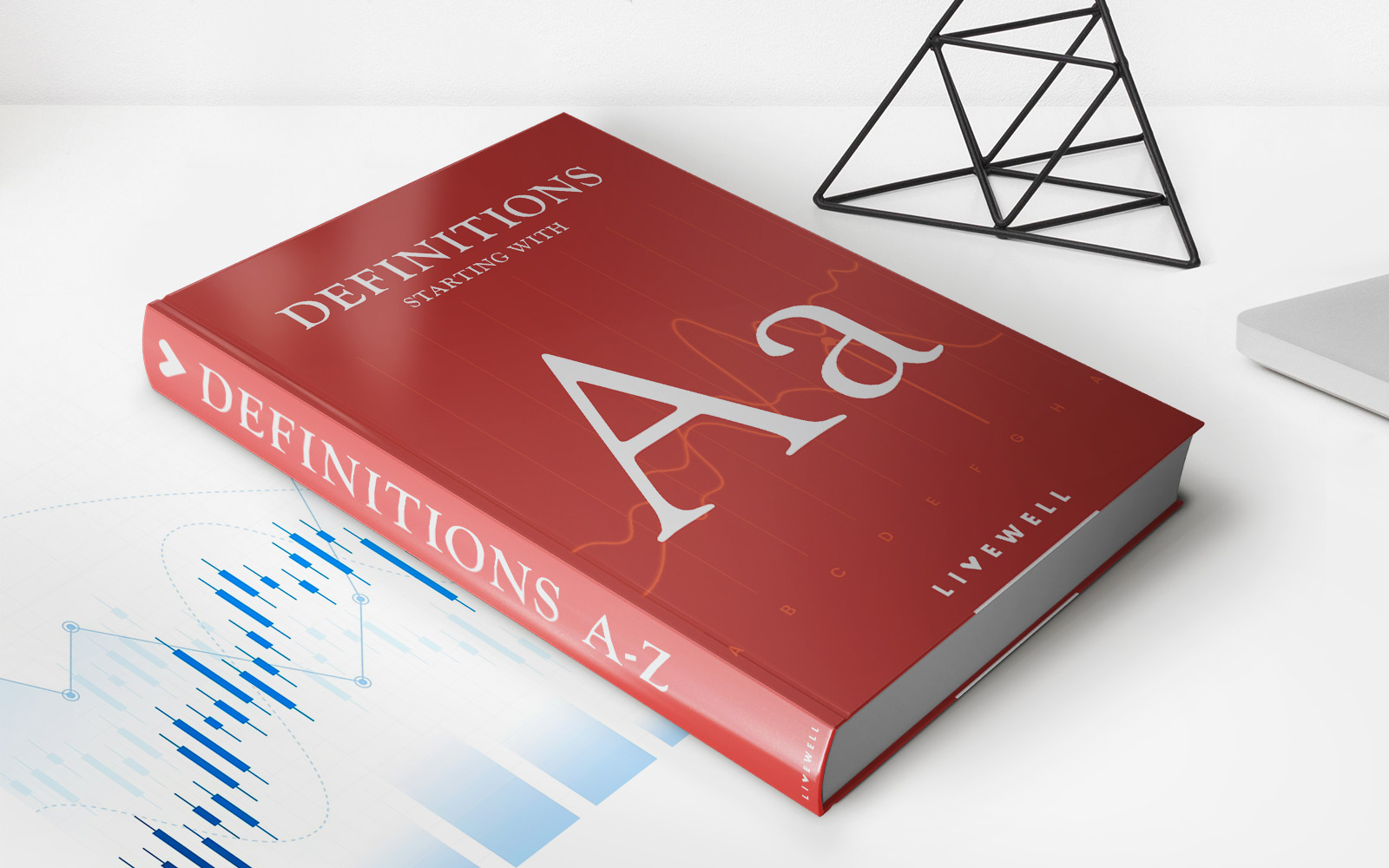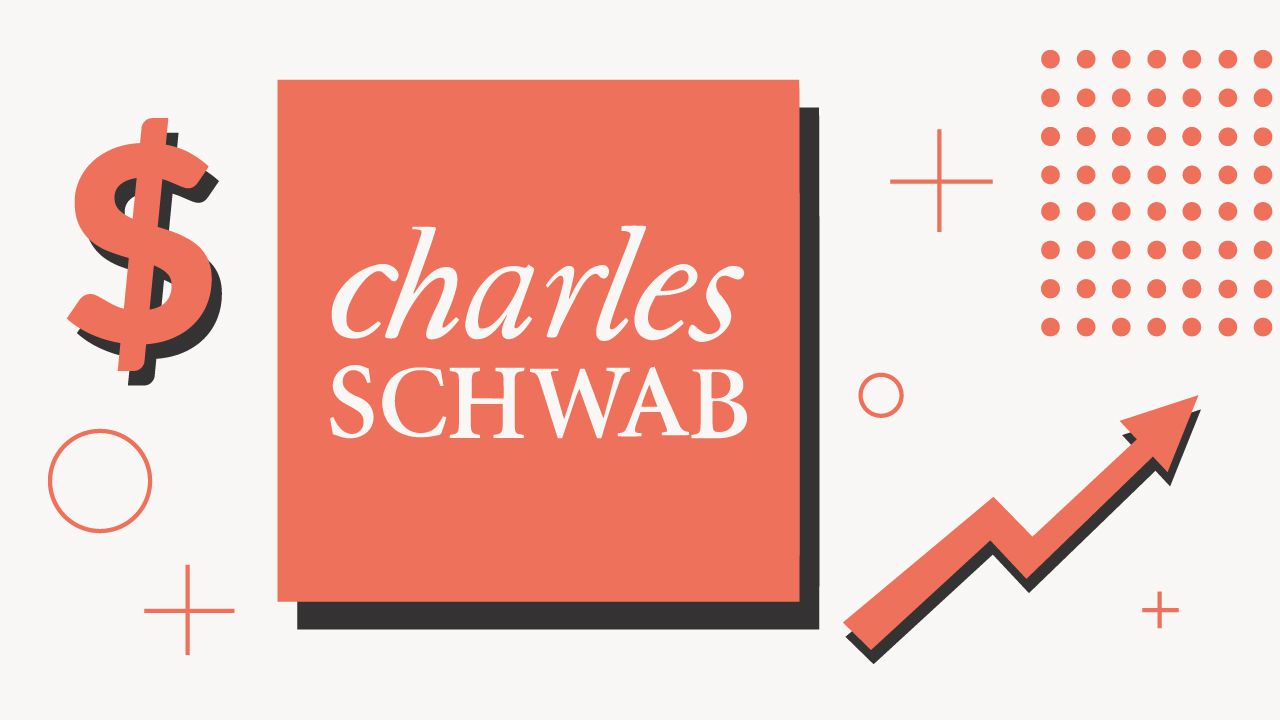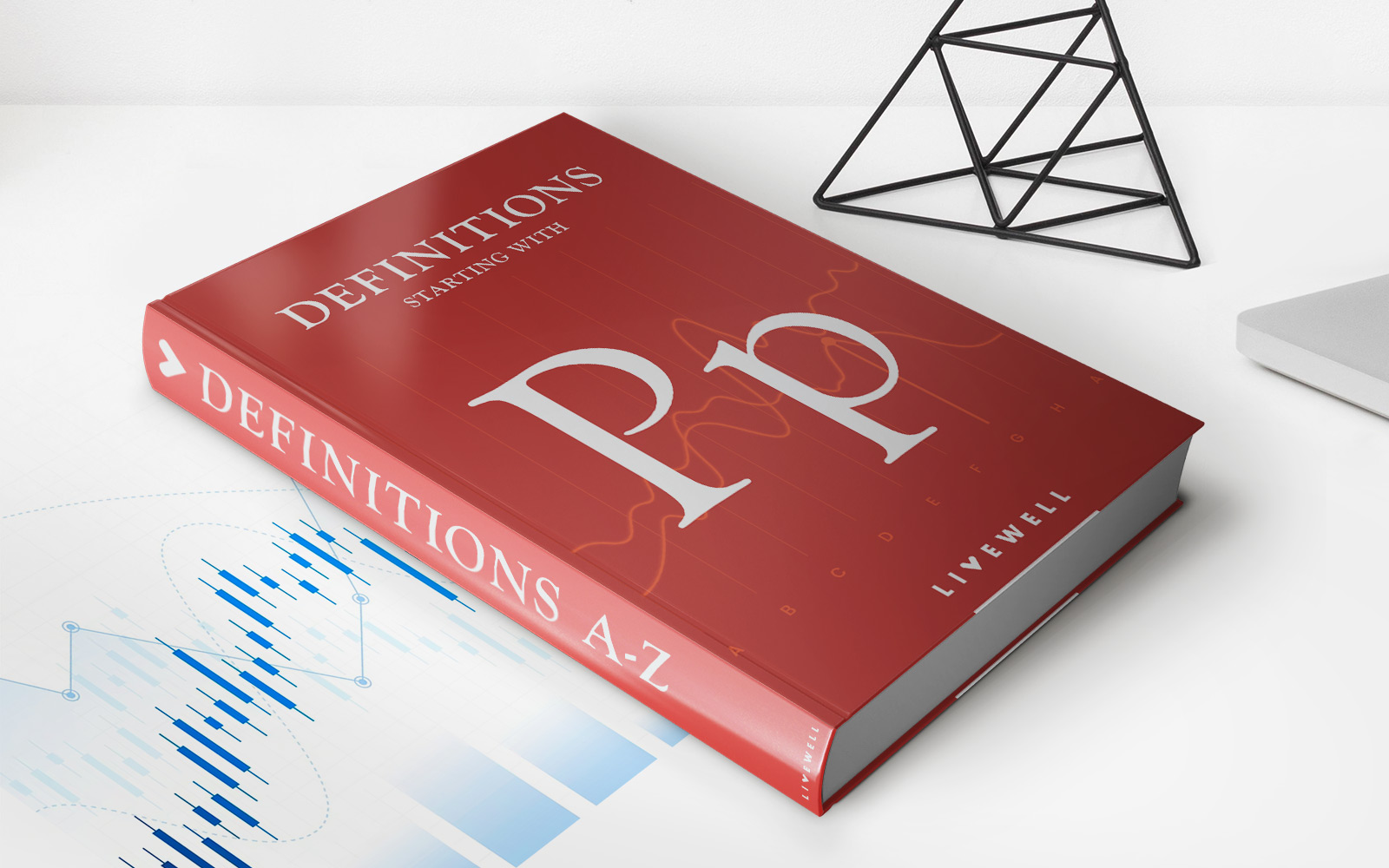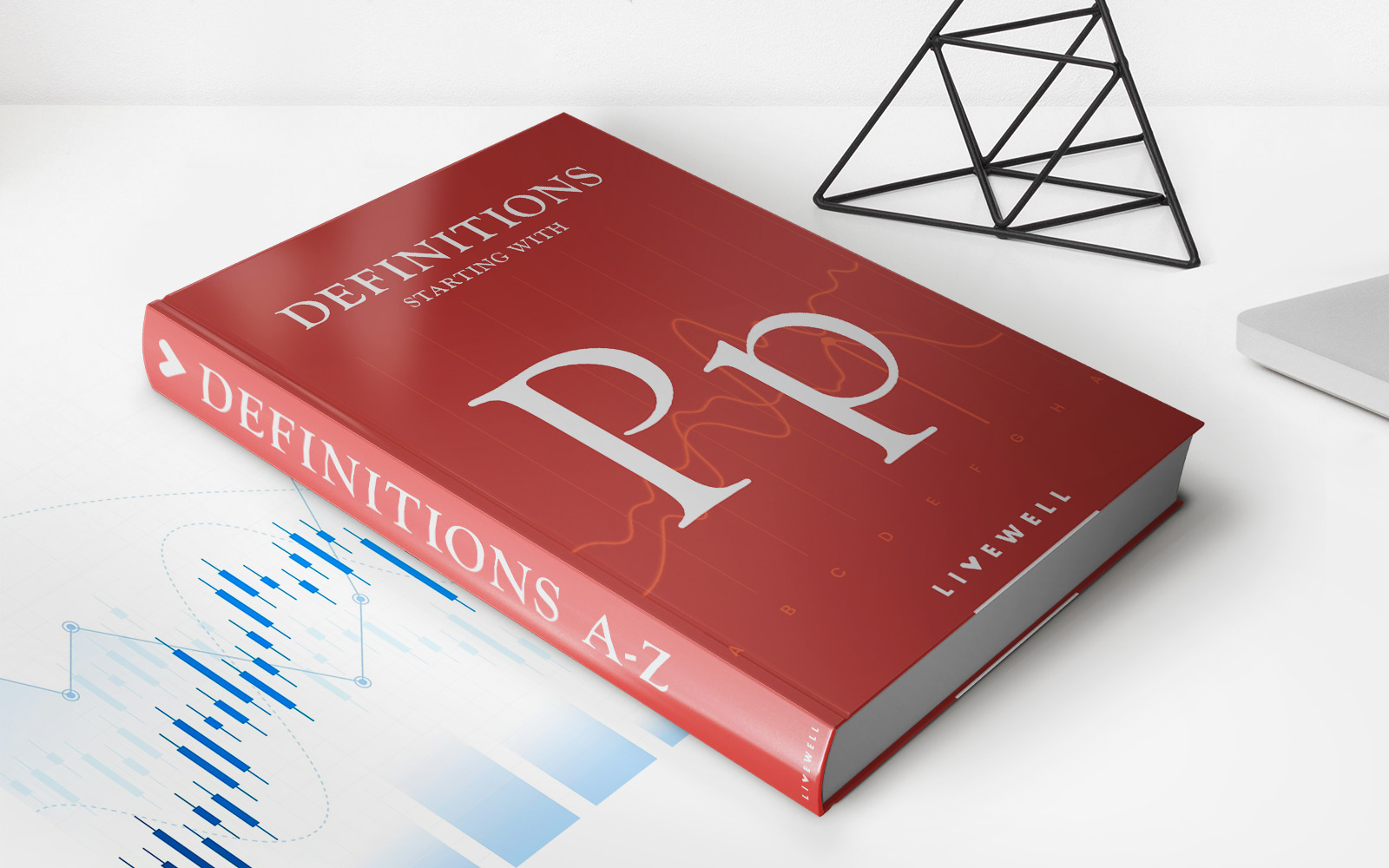Home>Finance>Purchase Acquisition Accounting: Definition And How It Works
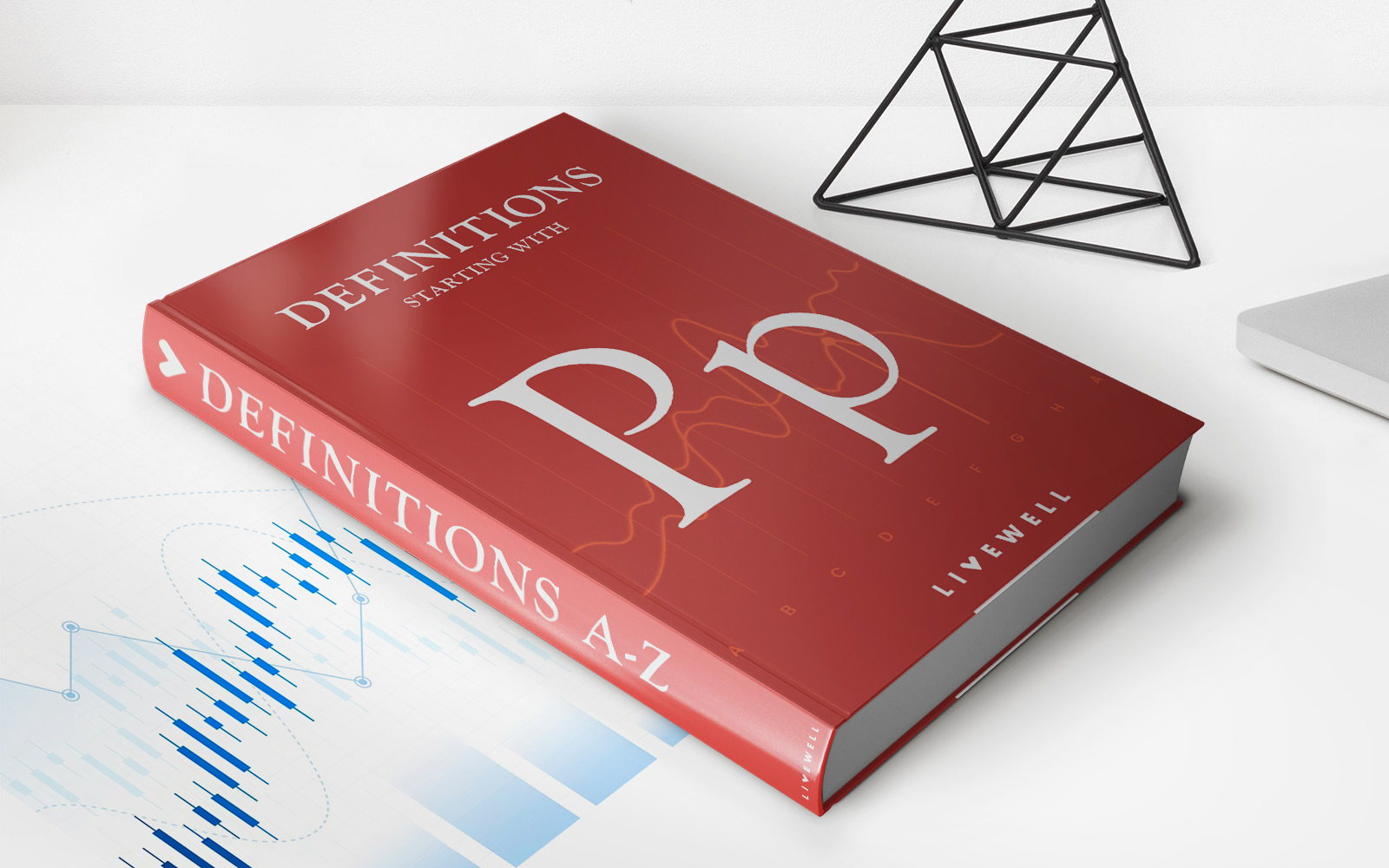

Finance
Purchase Acquisition Accounting: Definition And How It Works
Published: January 13, 2024
Learn the definition and workings of purchase acquisition accounting in finance. Discover how it impacts financial statements and business valuations.
(Many of the links in this article redirect to a specific reviewed product. Your purchase of these products through affiliate links helps to generate commission for LiveWell, at no extra cost. Learn more)
Purchase Acquisition Accounting: Definition and How It Works
Finance is a crucial aspect of both personal and business endeavors. Whether you’re looking to improve your personal financial situation or make sound financial decisions for your business, understanding different financial concepts is vital. In this blog post, we will explore an important concept in the world of finance: purchase acquisition accounting. We’ll dive into its definition, how it works, and why it matters. So, if you’re ready to enhance your financial knowledge, let’s get started!
Key Takeaways:
- Purchase acquisition accounting is the process of recording and reporting the financial effects of acquiring another company.
- It helps in recognizing and allocating the fair value of assets, liabilities, and equity of the acquired company.
What is Purchase Acquisition Accounting?
Purchase acquisition accounting refers to the financial reporting process that takes place when one company acquires another company. When a business acquisition occurs, the acquirer needs to account for the financial effects of the acquisition accurately. This includes recognizing and allocating the fair value of the acquired company’s assets, liabilities, and equity to the acquiring company’s financial statements.
When two entities come together through an acquisition, the acquisition price is allocated to various assets and liabilities based on their fair values. This process helps present a more accurate financial picture of the acquiring company and reflects the true economic value of the acquisition.
How does Purchase Acquisition Accounting Work?
The purchase acquisition accounting process involves several steps. Let’s break it down:
- Identify the Acquired Assets and Liabilities: The first step is to identify the assets and liabilities of the acquired company that will be recognized and valued in the acquiring company’s financial statements. These include tangible assets, such as buildings and machinery, intangible assets like patents and trademarks, and financial liabilities like loans and bonds.
- Evaluate the Fair Values: Once the assets and liabilities are identified, the next step is to determine their fair values. Fair value represents the price that would be received to sell an asset or paid to transfer a liability in an orderly transaction between market participants at the measurement date.
- Allocate the Purchase Price: After evaluating the fair values, the purchase price is allocated to the acquired assets and liabilities proportionally. This allocation is performed based on a clear set of accounting rules and guidelines.
- Recognize and Report: Finally, the acquiring company recognizes and reports the acquired assets, liabilities, and equity in its financial statements according to the allocation determined in the previous steps. This allows stakeholders to understand the impact of the acquisition on the overall financial position of the acquiring company.
Why Does Purchase Acquisition Accounting Matter?
Purchase acquisition accounting plays a crucial role in providing transparency and accuracy in financial reporting. It ensures that the acquiring company’s financial statements reflect the true economic value of the acquisition. This is essential for various reasons:
- Investor Decision-Making: Accurate financial reporting provides investors with the necessary information to make informed decisions about investing in or continuing to invest in the acquiring company.
- Compliance with Accounting Standards: Purchase acquisition accounting helps companies adhere to accounting standards and regulatory requirements, ensuring compliance and avoiding penalties.
- Valuation and Performance Analysis: By allocating the purchase price to specific assets and liabilities, purchase acquisition accounting aids in the accurate valuation of the acquired company and enables performance analysis of the acquisition over time.
Understanding purchase acquisition accounting empowers individuals and businesses to navigate acquisition transactions with greater clarity and confidence. By grasping the nuances of this financial process, you can make better-informed decisions that positively impact your financial goals.
So, whether you’re a business owner considering acquiring another company or simply seeking to expand your financial knowledge, purchase acquisition accounting is an essential concept to grasp. Remember, sound financial decisions start with understanding the language of finance.

